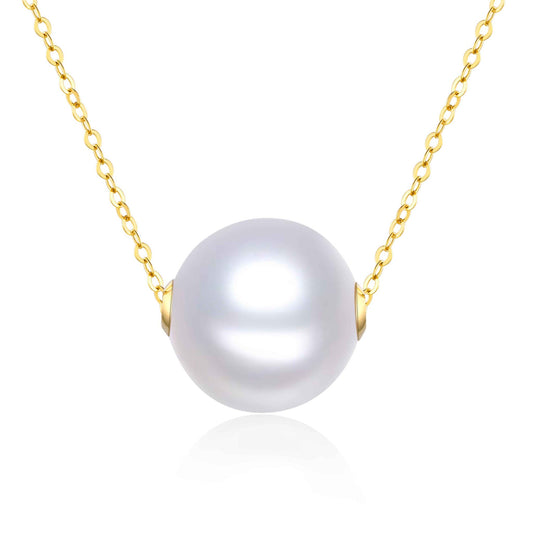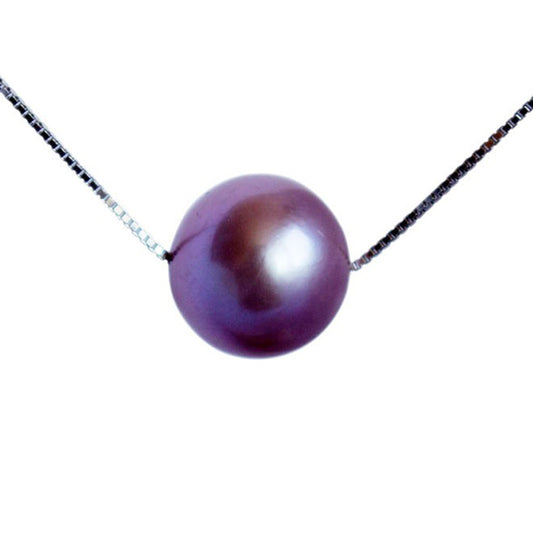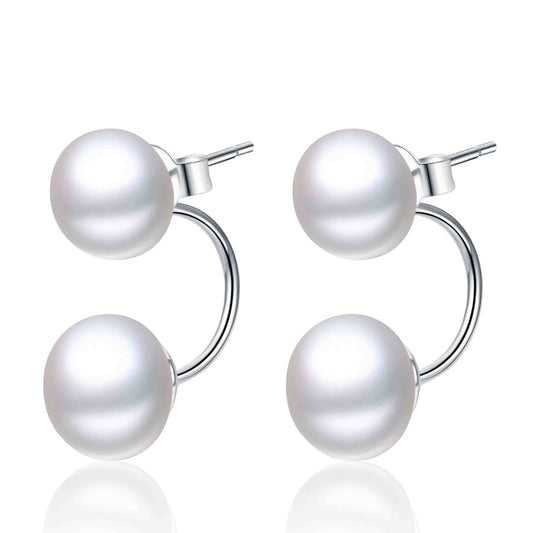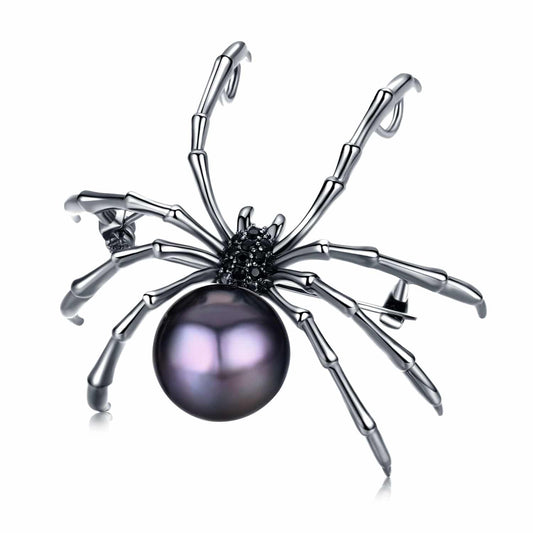Her Food Writing Changed the Way We View Life’s Daily Hardships
Through the Living Like a Pearl series, we’ve become accustomed to the idea that struggles may help us live more beautiful lives, help us walk out stronger on the other side. But what if one could take the same approach to food and eating? This installment of Living Like a Pearl is about Patience Gray, a visionary food writer that not only lived her life like a pearl, but also ate and cooked like one. Find the other stories here.
_________
The very name of the book that made Patience Gray famous in food circles, embodies the idea of living life like a pearl. The book is called Honey From a Weed: Fasting and Feasting in Tuscany, Catalonia, The Cyclades and Apulia and it speaks to the way we can transform something unpleasant such as weeds, a nuisance as such, into something sweet, something valuable, something to enjoy. Not just the title, but the whole book, highlights how the things we consider bad – a scraggly hen (versus a fattened one) or the organs of an animal, and especially the ingredients of hunger and hard work – can be used to transform a simple meal into a feast.
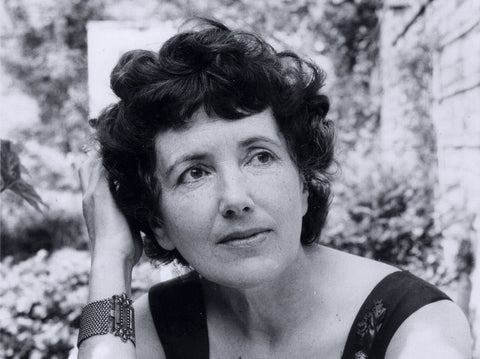
Patience Gray, 1959. Photo by David Sim
The book is based on the last few decades of Patience Gray’s life, which she spent in the Mediterranean, living off the land with her life partner, the sculptor Norman Mommens. Before settling in Apulia, Italy, they spent years traveling in these parts, following a vein of marble that Mommens needed for his sculpting. It was through these travels that she picked up the cooking methods of the locals, mostly poor people living as subsistence farmers.
The whole book is based on eating in season, according to what is available, and making do with little – and as a result avoiding wastage. The two parallel lines of good and bad, suffering and delight, but more specifically hunger and eating, run subtly through the book. It is the philosophy that one cannot truly enjoy food if you haven’t experienced hunger, just like an oyster can not create a pearl without difficulty and hard work.

Patience Gray with Norman Mommes at her farm in Apulia. Photo by Grace DiNapoli
In recordings released in 2017 on BBC radio, she elaborates on this: “Poverty, rather than wealth, gives the good things of life their true significance,” she said. “Home-made bread rubbed with garlic and sprinkled with olive oil shared with a flask of wine between working people can be more convivial than any feast.”
Today it is fashionable to eat in season, to live sustainably. But in her time, no-one in the modern world did it. To the untrained eye, her cooking could be mistaken for being primitive: the book places a big emphasis on fire, such as how to cultivate it, which wood to use for which food (as some wood burns faster and hotter), as well as foraging for things like different types of mushrooms, nettles and local, wild herbs. She also uses as much as she can of a slaughtered animal – eating all the cuts, not just the fatty or meaty parts – and boiling broth from the bones (one recipe for a mushroom sauce calls for the use of ‘broth boiled from a scraggly hen’). Most certainly her methods were viewed as eccentric: She rejected things found in modern homes at the time: they had no fridge, no electricity, and no telephone. It seems her approach was not just to make the best of hardship, but to embrace it.

Patience Gray in her workroom, 1971. Photo by Francesco Radino
But where did this approach of hers come from? She was from England, after all, and not a Mediterranean peasant. She was a very bright student who passed her university entrance exams as young as 16 and was educated in Economics. By the time she settled in Apulia she had traveled alone, worked as an editor, translator, and journalist, and had published another cookbook, Plats du Jour, which was aimed at modern housewives of the time. Perhaps the answer lies in her history.
When asked where her interest in weeds as food started, she answers: “It began in a wood in wartime (WWII), where I was living with my two tiny, tiny children, in the middle of a pinewood, with a wonderful view… and as it was still wartime, and with nothing, really hardly much to eat, I started food gathering. The thing is, hunger turns you towards what is to hand.”

Patience Gray at Spigolizzi , mid 1990s. Photo by Doris Schiuma
Though Patience had aimed only to collect her knowledge of local cooking for her own friends and family and grandchildren, Honey From A Weed gained her an almost cult following in food circles when it was published in 1986. The ideas contained in it, though old methods, were considered fresh. One commentator said: “It doesn’t just make one want to cook, but to live.” Another said that the book will inspire people for decades to come. Something which we can attest to today. From her times of hunger and suffering, she brought forth a culinary pearl unlike any other.

